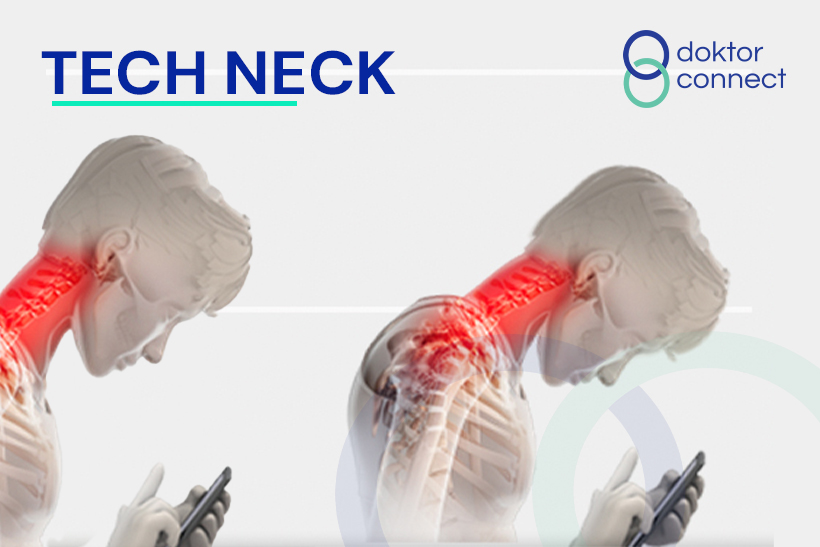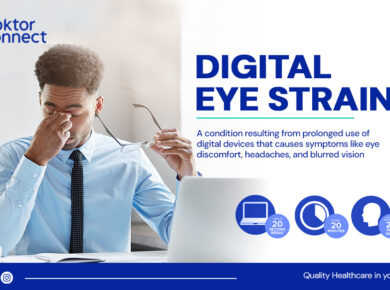What is Tech Neck?
“Tech neck” is a modern health issue caused by excessive screen time and poor posture while using digital devices. Whether you’re scrolling on your phone, working on a laptop, or binge-watching shows on a tablet, constantly looking down at screens puts strain on your neck and spine. Over time, this can lead to chronic pain, stiffness, and even long-term spinal damage.
Causes of Tech Neck & Digital Posture Problems
The main culprit behind tech neck is prolonged forward head posture, When you tilt your head downward to look at a screen. Other contributing factors include:
- Extended use of smartphones, tablets, and laptops
- Poor sitting posture (slouching, hunching over a desk)
- Lack of movement or stretching during long screen sessions
- Weak neck and upper back muscles
- Incorrect screen positioning (screens that are too low or too high)
Symptoms of Tech Neck
If you’re dealing with tech neck, you may experience:
✅ Neck pain and stiffness (worse after screen use)
✅ Headaches (especially at the base of the skull)
✅ Shoulder and upper back pain
✅ Reduced neck mobility (difficulty turning or tilting your head)
✅ Tingling or numbness in arms and hands (due to nerve compression)
✅ Hunched posture or rounded shoulders
How is it Diagnosed?
Tech neck is diagnosed clinically by a doctor, physiotherapist, or chiropractor based on your symptoms and posture. In severe cases, imaging tests like X-rays or MRIs may be used to assess spinal alignment and detect any long-term damage.
Treatment and Management
The good news? Tech neck is preventable and treatable with the right approach:
🧘 Posture correction
- Keep your screen at eye level to reduce forward head tilt
- Sit upright with shoulders relaxed and back supported
💪 Stretching & Strengthening Exercises
- Neck stretches: Gently tilt your head from side to side and forward/backward
- Chin tucks: Pull your chin back to align your neck with your spine
- Upper back strengthening: Exercises like shoulder blade squeezes help maintain good posture
⏳ Take Frequent Breaks
- Follow the 20-20-20 rule: Every 20 minutes, look 20 feet away for at least 20 seconds
- Stand up and stretch at least once every hour
💆 Massage & Heat Therapy
- Gentle neck massages relieve muscle tension
- Use a warm compress to relax stiff muscles
⚕️ Medical Interventions (If Needed)
- Physical therapy for chronic cases
- Pain relief medications (NSAIDs like ibuprofen) for inflammation
- Postural braces (if recommended by a doctor)
When to See a Doctor?
Seek medical attention if you experience:
- Severe or persistent neck pain
- Numbness, tingling, or weakness in your arms or hands
- Frequent headaches that don’t improve
- Limited range of motion in your neck
Preventing Tech Neck & Digital Posture Problems
To avoid tech neck, follow these simple habits:
✔️ Hold your phone at eye level instead of looking down
✔️ Use an ergonomic chair and desk setup
✔️ Take frequent breaks from screens
✔️ Strengthen your core and upper back muscles to support posture
✔️ Consider voice-to-text features to reduce screen time
Final Thoughts
In today’s digital world, tech neck is becoming increasingly common but it’s not something you have to live with. By making small adjustments to your posture and daily habits, you can prevent chronic pain and keep your spine healthy.
Remember: Your posture today affects your health tomorrow!





